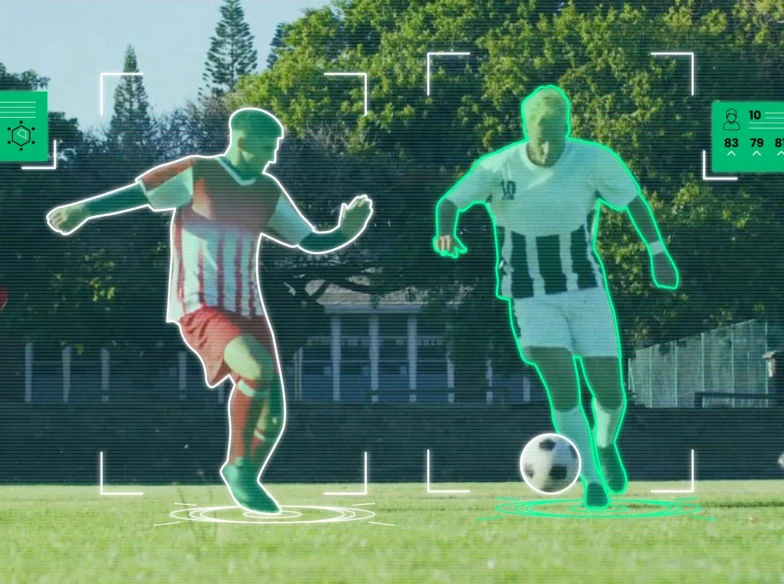Contents
3 min read
How to respond to stimuli?
About: This video tells about psychological stimuli at work and how to react to them or respond to real-life situations.
Video details & Credits: Duration: 3 minutes 30 seconds; Format: 2d graphics with character animation; Type: Animated Explainer Video; Agency: Zoo Content (US, LA); Production: Darvideo Animation Studio | darvideo.tv; Timing: 10 weeks.
Story: 1 Sometimes things feel out of our control. In our personal lives and our work lives, we have many stimuli coming at us. They can get in the way of our path forward, whatever we want that to be, if we can’t find a way to navigate through them. To reclaim control and make progress again, 2 we need to use a problem-solving orientation where we identify our goal and find actions we can take — no matter how small. That sense of control becomes a source of power that enables us to keep moving forward.
Consider this example: Lucas’s company was recently acquired, and Lucas is feeling unsure about his new situation. His manager is not very supportive, the new company’s culture is very different than what he’s used to, and he has no work/life balance. He’s feeling like he’s lost control. Lucas might try to act like everything is fine, but that won’t change anything about his situation.
To regain control, Lucas can pause to consider where he might be able to take action. He could build his relationship and trust with his new manager so he can share his concerns and ideas, get to know his new colleagues to feel more of a sense of belonging, and talk with his spouse to brainstorm ideas to improve his work/life balance. You can’t control everything that happens to you. But you can control some things: your own thoughts, your own actions, and how you use them to respond to situations.
When Lucas talks to his manager, colleagues, and spouse, he is making moves toward a solution to the problem. Are there places in your life where you feel a lack of control? To help you move from being reactive to being proactive and gaining control in the situation, remind yourself of where to focus your attention: “It’s not the stimulus, it’s the response.”
For example, if you would describe the problems that are holding back your career as “My work keeps me too busy to develop new skills” and “The bad economy limits my career opportunities,” you’re still focusing on the outside stimulus. Change the focus to your controllable responses by using “I-statements” such as, “I have not allocated time to develop new skills” and “I have not identified enough career options.” Here are some other ways to help make your responses to challenging stimuli productive:
• Remember to pause, whenever the situation allows, to get into a problem-solving mode. This enables you avoid reacting emotionally or hastily with limited information. That’s because during the pause you can clarify what the problem is, what your goal is or should be, and what actions under your control are most likely to get to your goal.
• Consider your problem from different angles. Are you seeing the situation from the position of all people involved? From various viewpoints? What’s the impact of the situation on your goals? Who and what is available to help you? By examining the problem this way, you are more likely to respond with creative solutions. And...
• Manage your emotions and be intentional about it. While you do need some time to acknowledge and process your feelings, you need to move from doing nothing to doing something about the situation.
Often, your outlook will improve when you choose to act, whether that is just finding one or two actions you can take, but particularly when you begin to carry out a plan. As you move through your personal and professional life, there will always be stimuli coming at you. When this happens, remind yourself that you have control. Pause and remember, “It’s not the stimulus, it’s the response”.



























